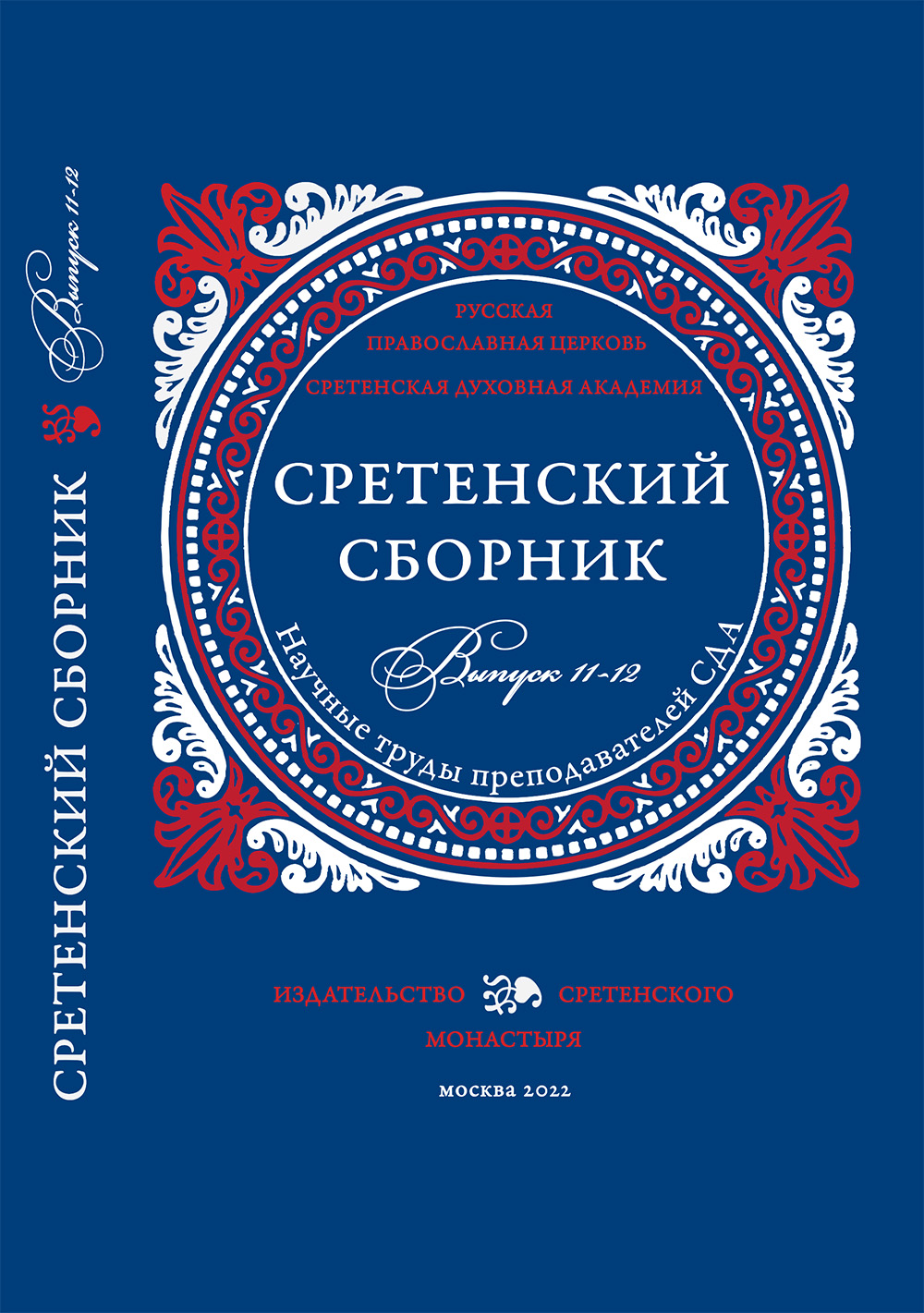The image of saint Agatha in old English hagiographic literature
Keywords:
hagiography, Old English literature, Saint Agatha of Sicily, Christian verbal culture of Old England, hagiographic topoi, poetry and prose of the Anglo-SaxonsAbstract
The article offers a new look at the reasons for the flourishing of Old English hagiographic literature at the end of the 10th century,
in particular, in the works by Alfric Grammaticus. For the first time in Russian science, the origin of the veneration of the holy virgin martyr Agatha of Sicily in England is analyzed; cultural, historical and literary backgrounds of the Old English version of her Life are discussed, as well as some features of its composition and the verbal representation of the image of St. Agatha (including the comparison with the Latin version), which allows to treat the spiritual meaning of her dialogues with her executioner Quintian in the Orthodox sense. The Old English description of St. Agatha’s martyrdom is the first description of her Christian feat in the vernacular, combining continental hagiographic topoi and local poetic tradition. The dispute of St. Agatha and Quintian, containing formal echoes of the Old Germanic genre of ‘flyting’, is based on the opposition of nobility and ignobility (baseness), freedom and unfreedom, reason and unreason (folly), life and death, which are interpreted differently by the disputants. St. Agatha’s answers are based on the pathos of the spiritual victory of the true faith over secular pagan views. The analysis is accompanied by the author’s translation of the Life of St. Agatha (from Old English), which is the first attempt of its rendering into Russian.








